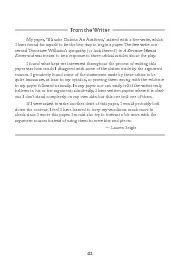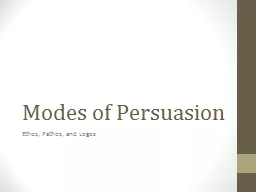PDF-From the Writer
Author : debby-jeon | Published Date : 2017-02-04
42 My paper 147Blanche Dubois An Antihero148 started with a free write which I have found for myself to be the best way to begin a paper e free write con cerned
Presentation Embed Code
Download Presentation
Download Presentation The PPT/PDF document "From the Writer" is the property of its rightful owner. Permission is granted to download and print the materials on this website for personal, non-commercial use only, and to display it on your personal computer provided you do not modify the materials and that you retain all copyright notices contained in the materials. By downloading content from our website, you accept the terms of this agreement.
From the Writer: Transcript
Download Rules Of Document
"From the Writer"The content belongs to its owner. You may download and print it for personal use, without modification, and keep all copyright notices. By downloading, you agree to these terms.
Related Documents














